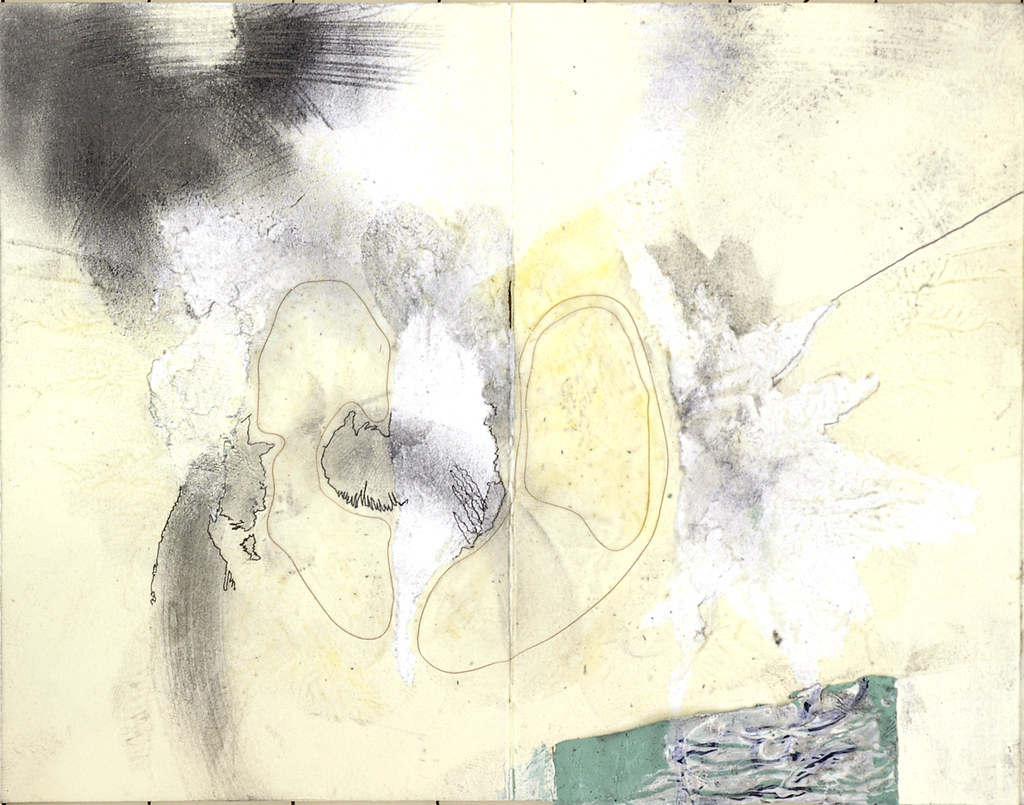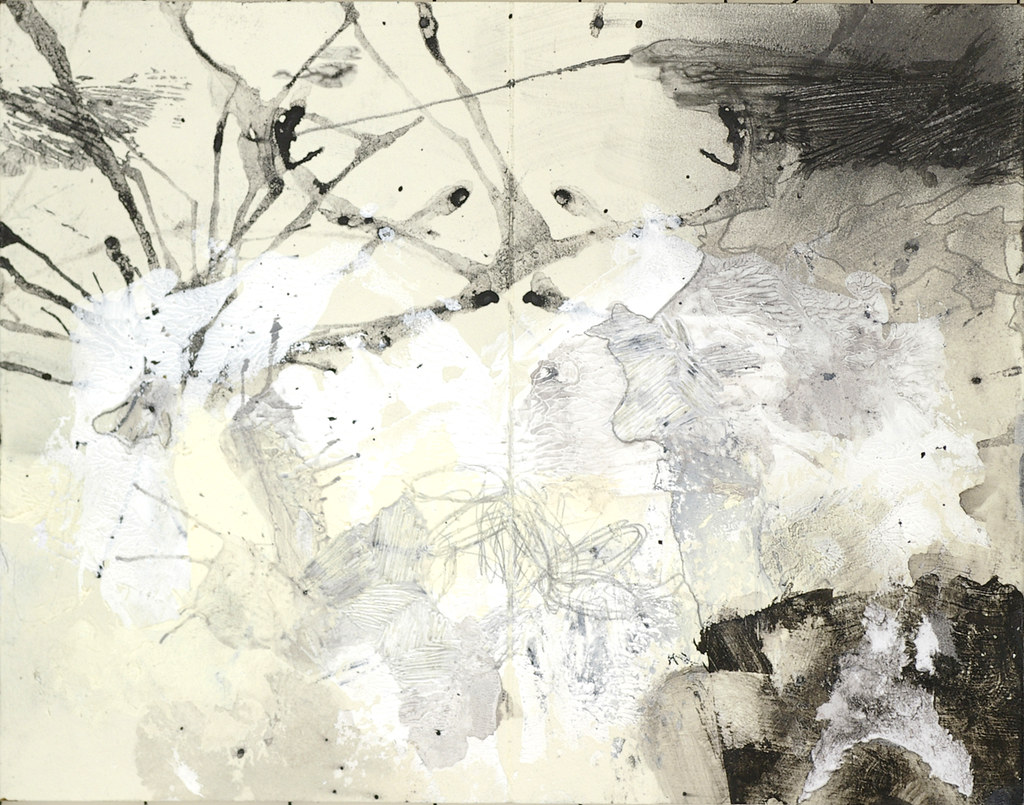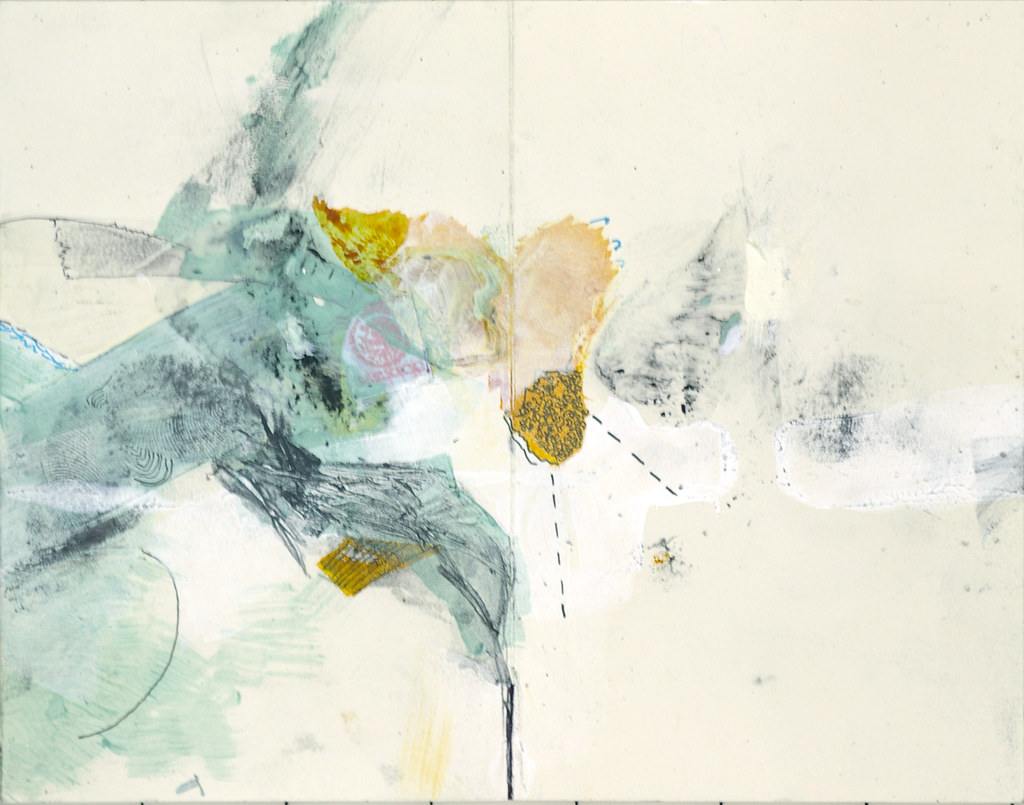
Surface Part 3: ???!!!!
You know writing is probably one of the most stubborn things you can get yourself into, I'm not going to..... well, yeah i guess i am... I'm a painter sort of, you got ink, acrylic, graphite, three materials... see what they can do, no problem. words, how many damn words are there, I've been think all day about which word correctly explains the link between what canvas and paper have in common in reference to their ability guide marks. Simple right, canvas has a grain which guides marks going with it, and resists marks going against it. Paper has a supple quality that allows for marks to be embossed which in the end acts like the grain of the canvas. But what damn word explains this occurrence? Seriously let me know if you got it.... The best thing I could come up with is Tactility, but then I spent 3 hours writing about tactility, trying to bring it all back around to what I initially wanted to write about, and still never got there, so here I am writing about what I was trying to write about, and you know, I think even this is going way better. It even took me on this tangent about Deleuze and Francis Bacon, and how terrible the Bacon retrospective is at the Met because it is completely devoid of emotion or "tactility"(see the connection). How a space can surgically extract the ...intensity from the work of Francis Bacon? I think can only be accomplished in a dead space like the Met, that should have the been the title of the show come to think about it, "how to kill sensation." It was kind of amazing, I was so bummed because I felt absolutely nothing, I thought something was seriously wrong with me till I thought about it a couple days. I had seen the same exact pieces in different spaces and felt an unexplainable, emotional response. But here, nothing... I know he's dead, but still...
Ok I'm chill, going to try to bring it all back, again. So I don't know what the right word is, but it leads me to think context is absolutely crucial. The way in which the work is made needs to have some connection to the way it is presented. Even Showing the work here (above and below) on the internet reduces them to a level of flatness, in turn only the image is legible. Like cramming 15 huge Francis Bacon paintings into a small room with 11 foot ceilings, all you see is 'oh this figure here is exploding' and 'that one there is chilling out on the toilet', cool.
So finally, this is why I started talking about the books in the first place, there is a forced connection that the reader experiences with the material, the reader feels the material just as I did, follows their finger as the canvas unravels. Opens and closes to flip to the following page reflecting the same gesture that caused the marks in the first place. Because, it is simply amazing how much variation and how much beauty can be derived with letting the surface dictate what comes next, and how transparent that intimacy becomes.
well I just realized I never actually got there, mercy.





